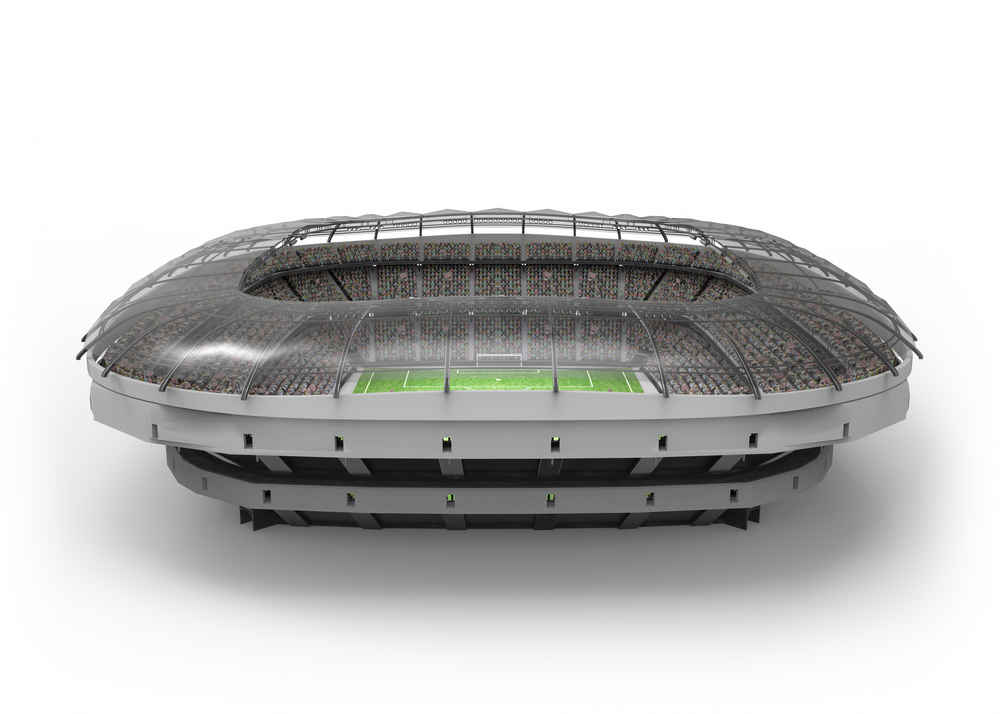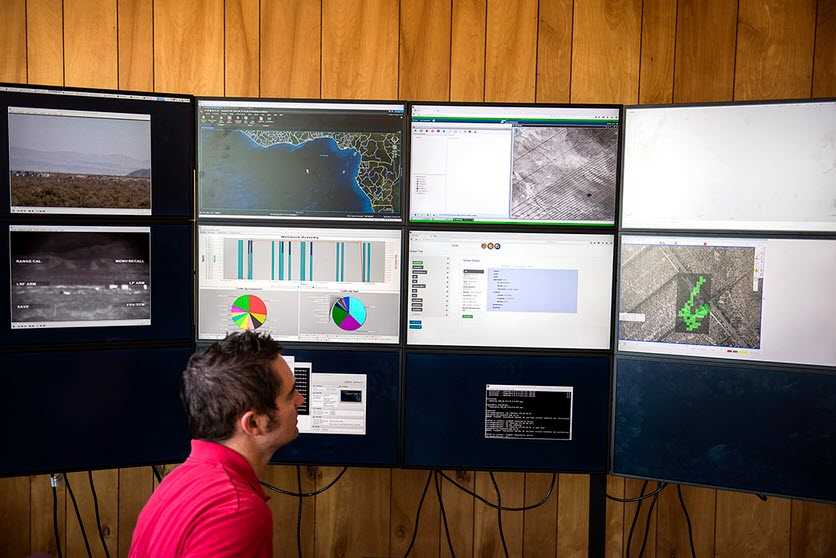Overview
One firm to have already explored the use of BIM-derived Predictive Analytics is the construction giant, Turner. They utilized breakthrough Predictive Analytics technology to gain a better understanding of one of their construction sites, in real time, through high definition visual information. Simply, to understand ‘ground truth’.
Preparation
To start with, Turner created a virtual 3D BIM model (the “design model”) of the Center. It then separated the design model into sections, each section corresponding to a planned phase of construction.
The intention was to compare the state of the actual project with its virtual section to check the project was proceeding according to schedule.
Execution
The state of construction was recorded by measuring what had been constructed and creating an ‘as built’ 3D model from it.
The initial phase involved capturing imagery of the Golden 1 construction site using aerial drones and 3D laser cameras. As the building structures progressed above ground level, camera-equipped land rovers were used to record interior spaces. Interior imagery was also collected on smart phones and tablets during project engineers’ site visits.
Once Turner had collected this actual construction data, Structure-from-Motion (SfM) algorithms were used to stitch it all together and form the as-built 3D model. The as-built model was then overlaid on the appropriate design model section to run an examination of what was happening on the ground compared to what was predicated by the design model.
The product of this examination was a 3D snapshot of the construction progress and the prediction of areas that were at risk of falling behind schedule.
The Resulting Benefits
The most significant benefit may be NOT having a BIM model telling you one thing and ‘ground truth’ telling something completely different.
The following benefits were realized:
- Better correlation between BIM model prediction and ‘ground truth’.
- Deeper level of transparency among the project team through timely reporting.
- Improved communications.
- ‘Smarter’ and more comprehensive visual documentation of the project through automated organization and cataloging of mass data.
- Advanced warning of potential delays.
Need to Harness BIM?
Use the contact form at right to tell us what you need done BIM-wise. You'll hear back from us in 24 hours or less..
----------------------------------------------------------------------------------------------------------------------------




